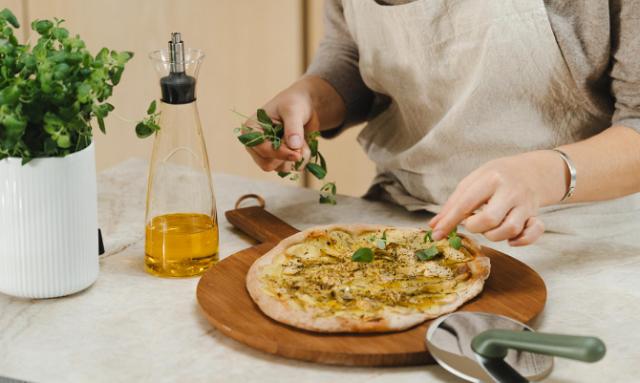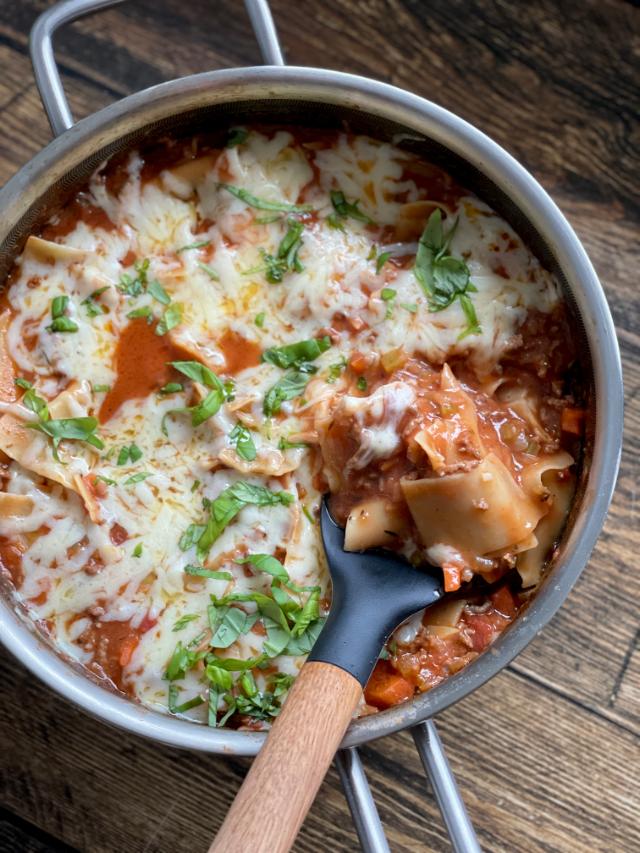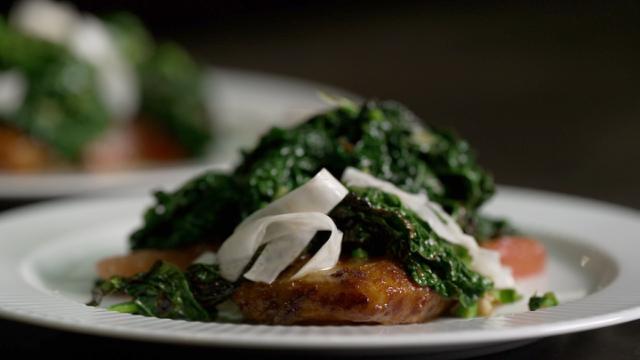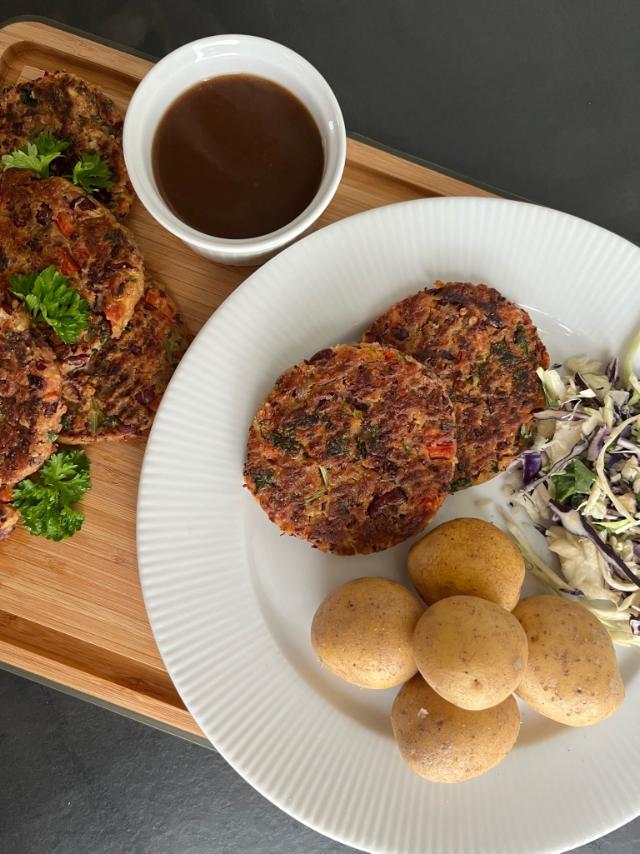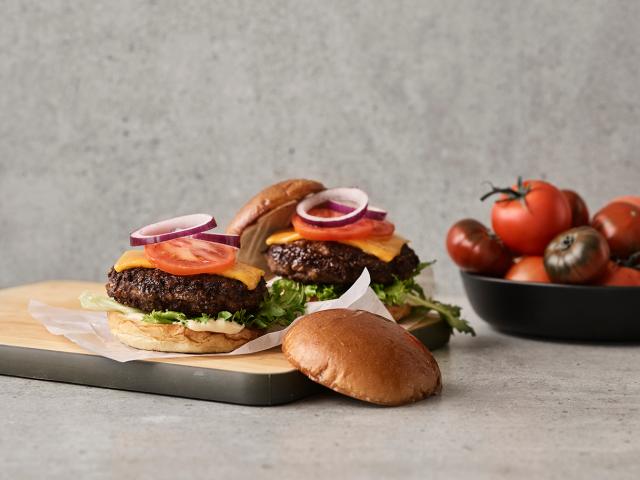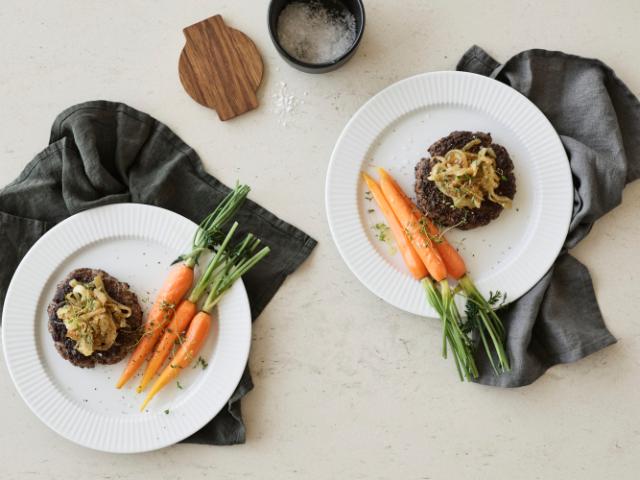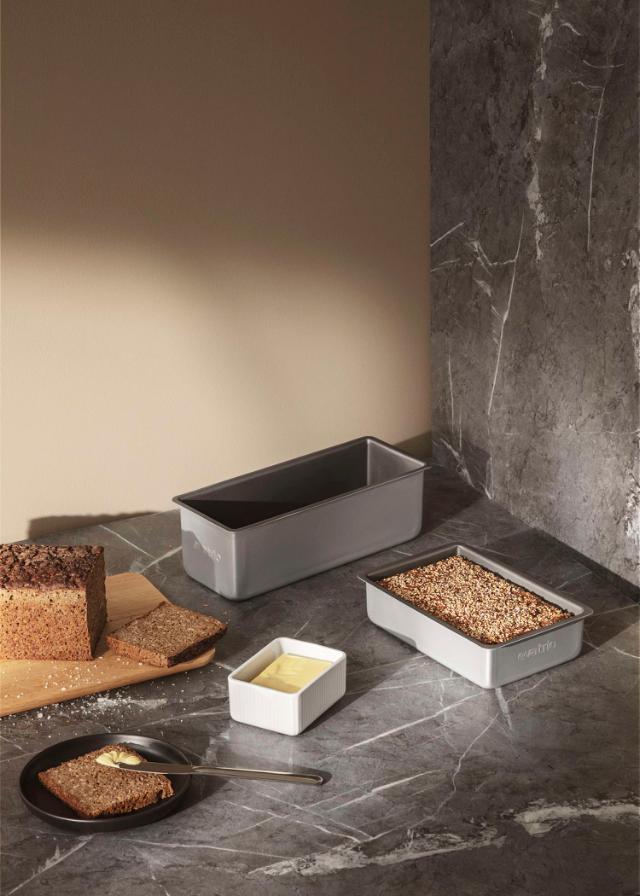
Danish Sourdough Rye Bread
Danish Sourdough Rye Bread2 loaveas | 900 minutes
Bake this traditional Danish seeded rye bread for delicious, nutritious open sandwiches. This recipe makes two sourdough rye loaves, packed with kernels and seeds for long-lasting succulent freshness.
Ingredients
Sourdough starter
- 2 dl rye sourdough
- 4 dl rye flour
- 4 dl water
Kernel and seed blend
- 520 g cut or cracked rye kernels
- 250 g sunflower seeds, pumpkin seeds or a mixture of your own favourite seeds
- 7.5 dl boiling water
Sourdough rye bread
- 600 g sourdough starter
- 600 g rye flour (preferably at least 50% wholegrain)
- 3 dl water
- 30 g salt
- 20 g dark malted flour
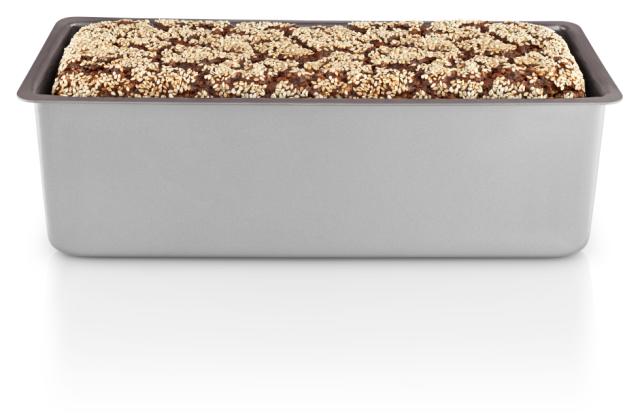
Procedure
Sourdough starter
- Combine the sourdough, rye flour and water and stir well. Leave covered in a warm place until risen to approx. twice original size.
Kernel and seed blend
- While preparing the sourdough starter, pour boiling water over the kernels and seeds, cover and leave to soak up all the water.
TIP: Try placing your sourdough starter on top of the kernel and seed soaking container to make the most of the heat from the boiling water to activate the sourdough.
Sourdough rye bread
- Combine 600 g sourdough starter, all of the soaked kernels and seeds and remaining ingredients in a mixing bowl. Beat the dough well for 5-10 minutes to an even consistency, ideally using a stand mixer with a dough hook.
- Distribute the dough into two 3.3 litre rye loaf tins with Slip-Let® or ceramic coating (to avoid having to use greaseproof paper and grease the tin). Press the dough right out into the corners and then smooth it, either with a moist hand or soft spatula. For added crunch and decoration, scatter extra seeds on top of your loaves, pressing them down slightly into the surface of the dough.
- Make several holes in the dough using a fork or skewer. Make sure that the holes go all the way through to the base of the tin.
- Leave the loaves covered in a warm place until they have risen to approx. twice their original size, or until “holes” form on the surface. If you have an oven with a steam and dough proving setting, you can use this to reduce the proving time by a few hours.
- Bake the loaves for 15 minutes at 250 degrees C and then for 45 minutes at 180 degrees C. The baking time may vary slightly depending on both the type of oven and loaf tins you are using. To ensure that the loaves are baked through, insert a kitchen thermometer into the middle of the loaves – they are done when the core temperature reaches 98 degrees C.
For a crunchy crust, remove the loaves from the tins while still hot. For a chewy crust, simply leave the loaves to cool in the tins.
TIP: Sourdough rye bread stays fresh for a long time – longer than breads baked with ordinary yeast. For even longer freshness, try freezing one loaf as soon as it has cooled. Later, when thawed, it will be almost as good as a freshly baked loaf. Do not store rye bread in the fridge – this dries it out fast.
Staff pick
“I’ve been baking two loaves of rye bread 2-4 times a month for the past three years. We’re addicted to them at home, and the kids won’t have anything else in their packed lunches. For all those years, I’ve been using two of our Professional 3.3 litre rye bread tins, and they are just perfect for the job. I’ve not greased the tins or lined them with greaseproof paper, and the loaves slip out of the tins easily every time. They’re such a pleasure to use, and as an added bonus, the loaves turn out so much nicer without those creases from greaseproof paper on the sides.”
Anders Jonsson, Ecommerce Manager at Eva Solo.

